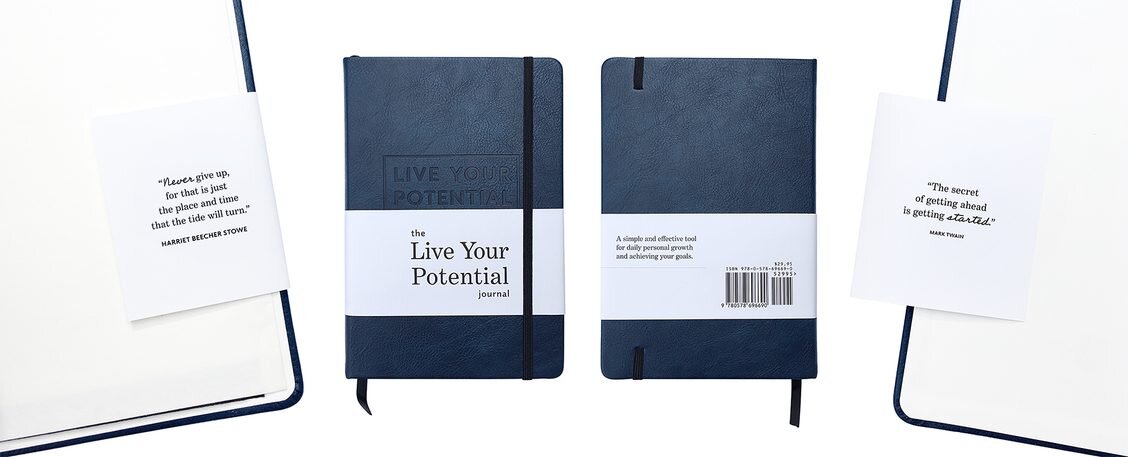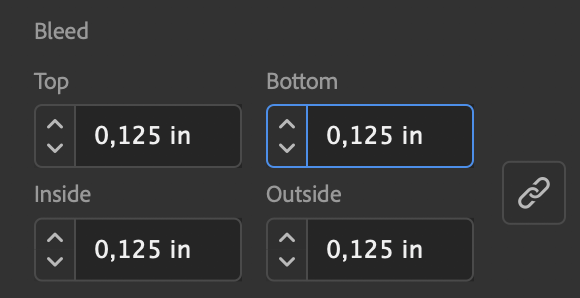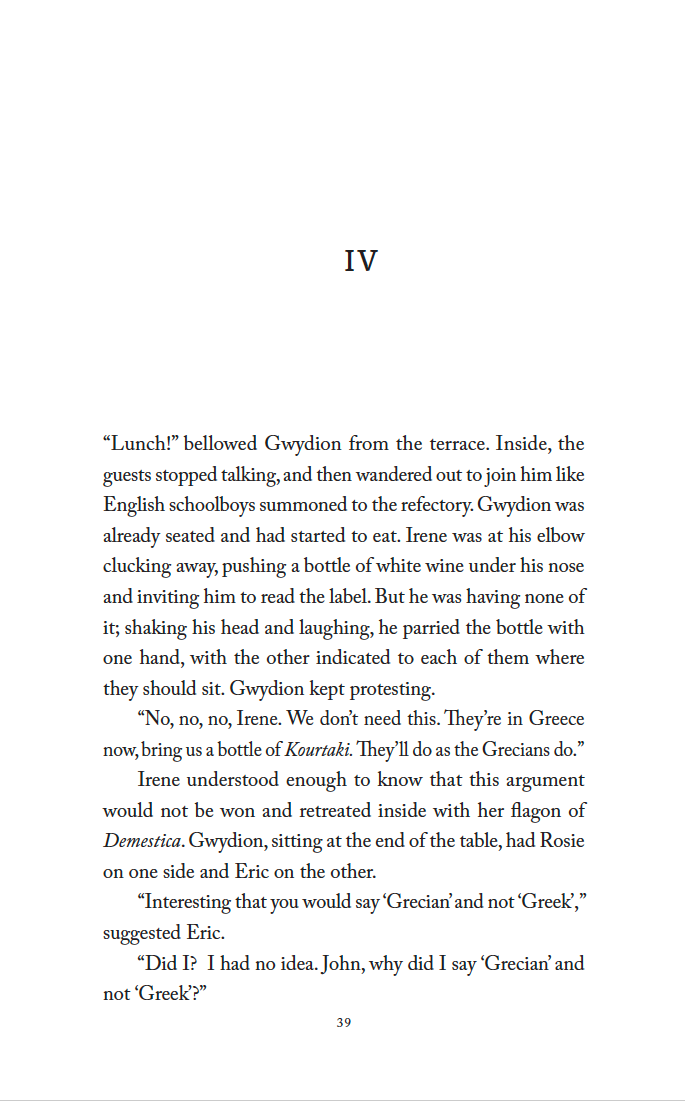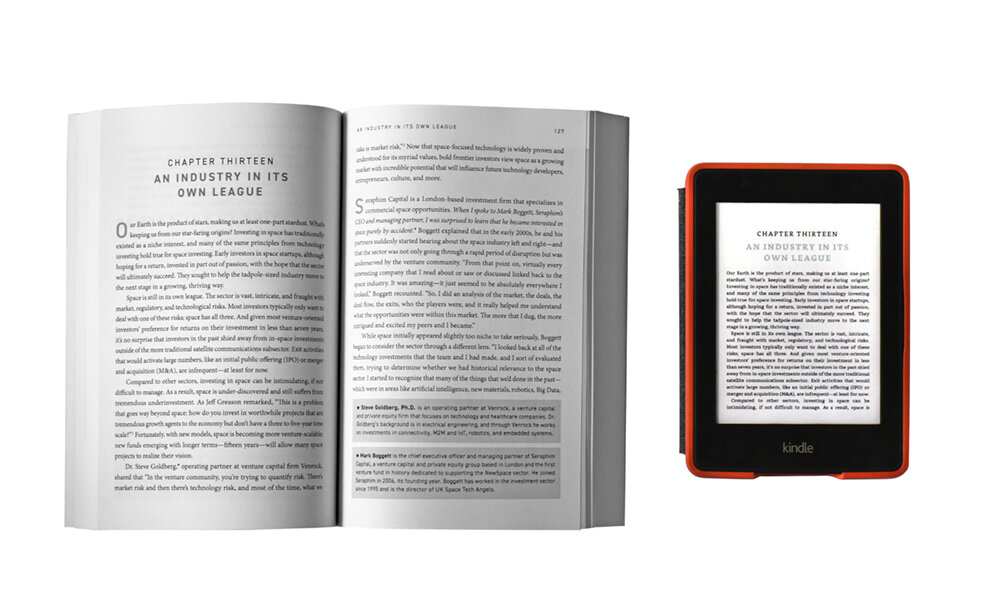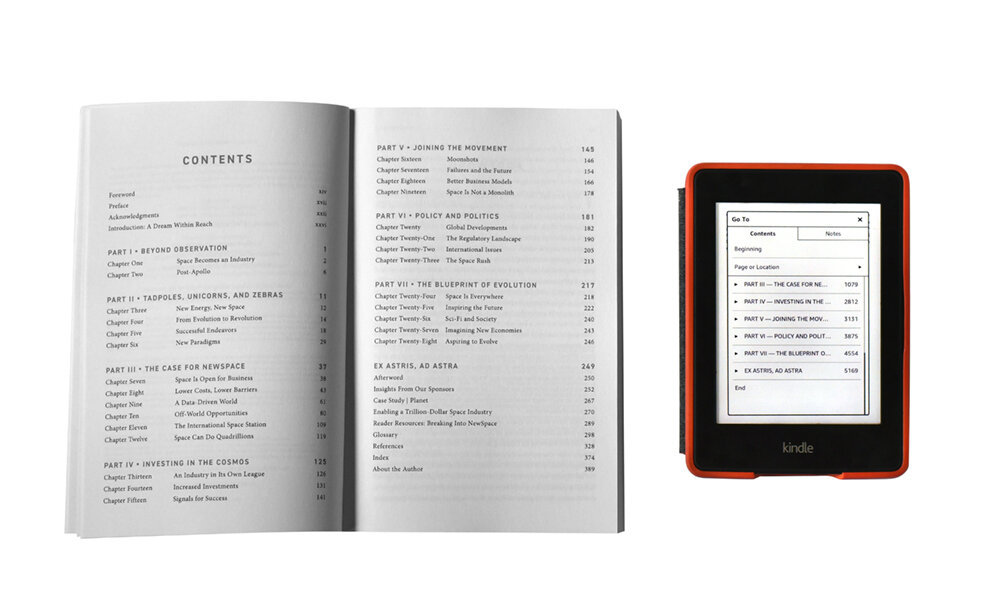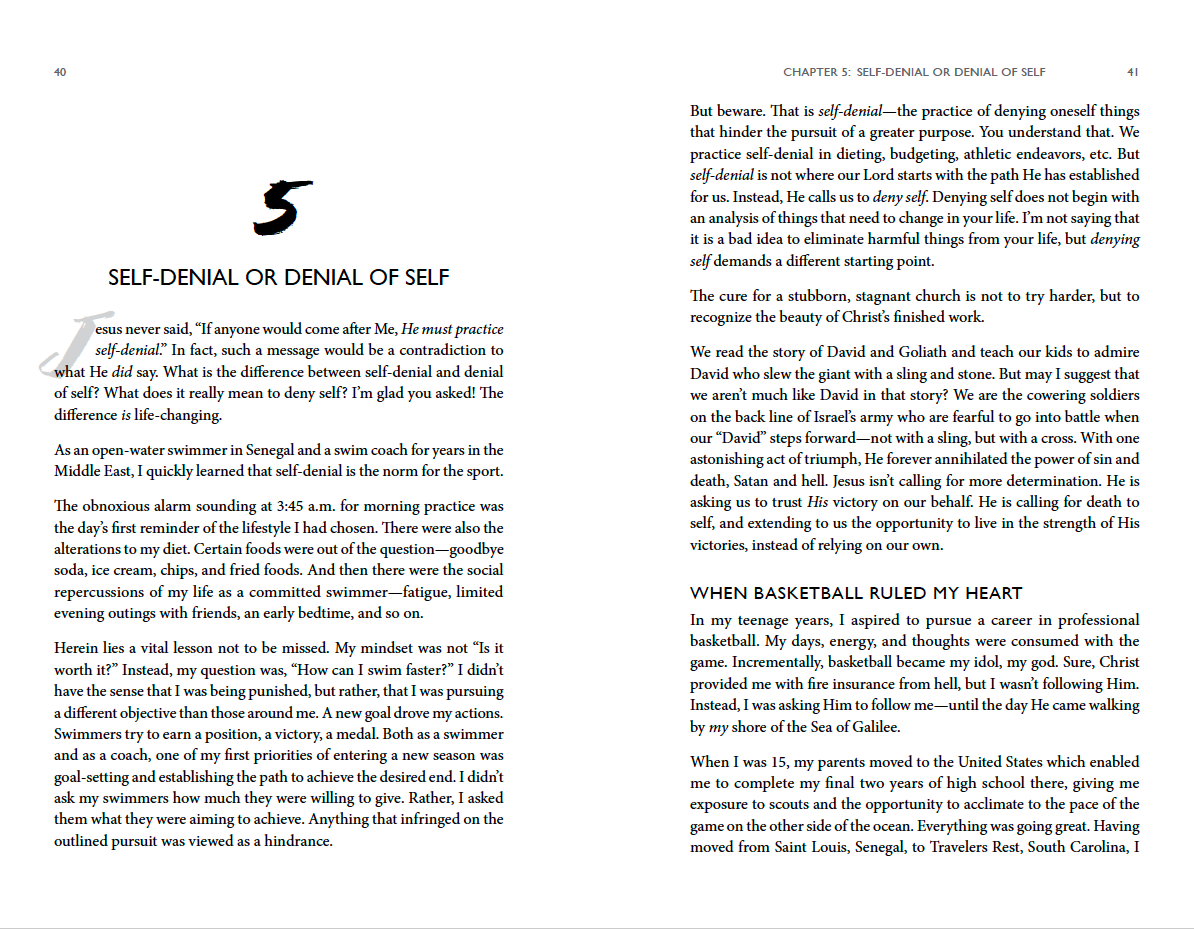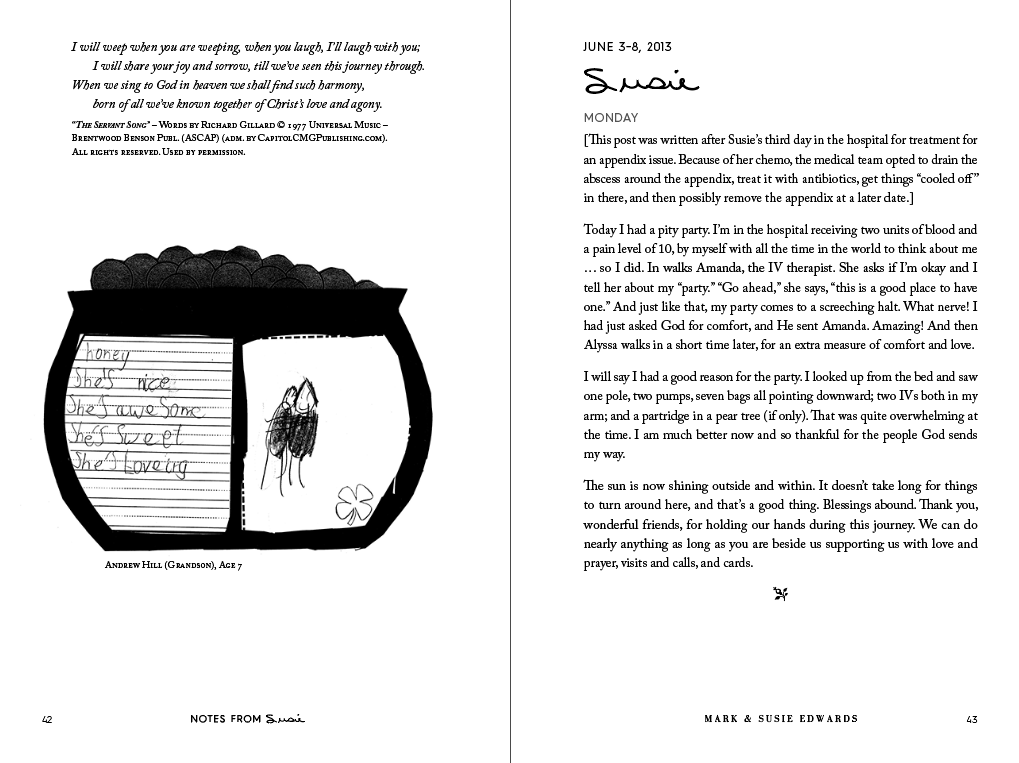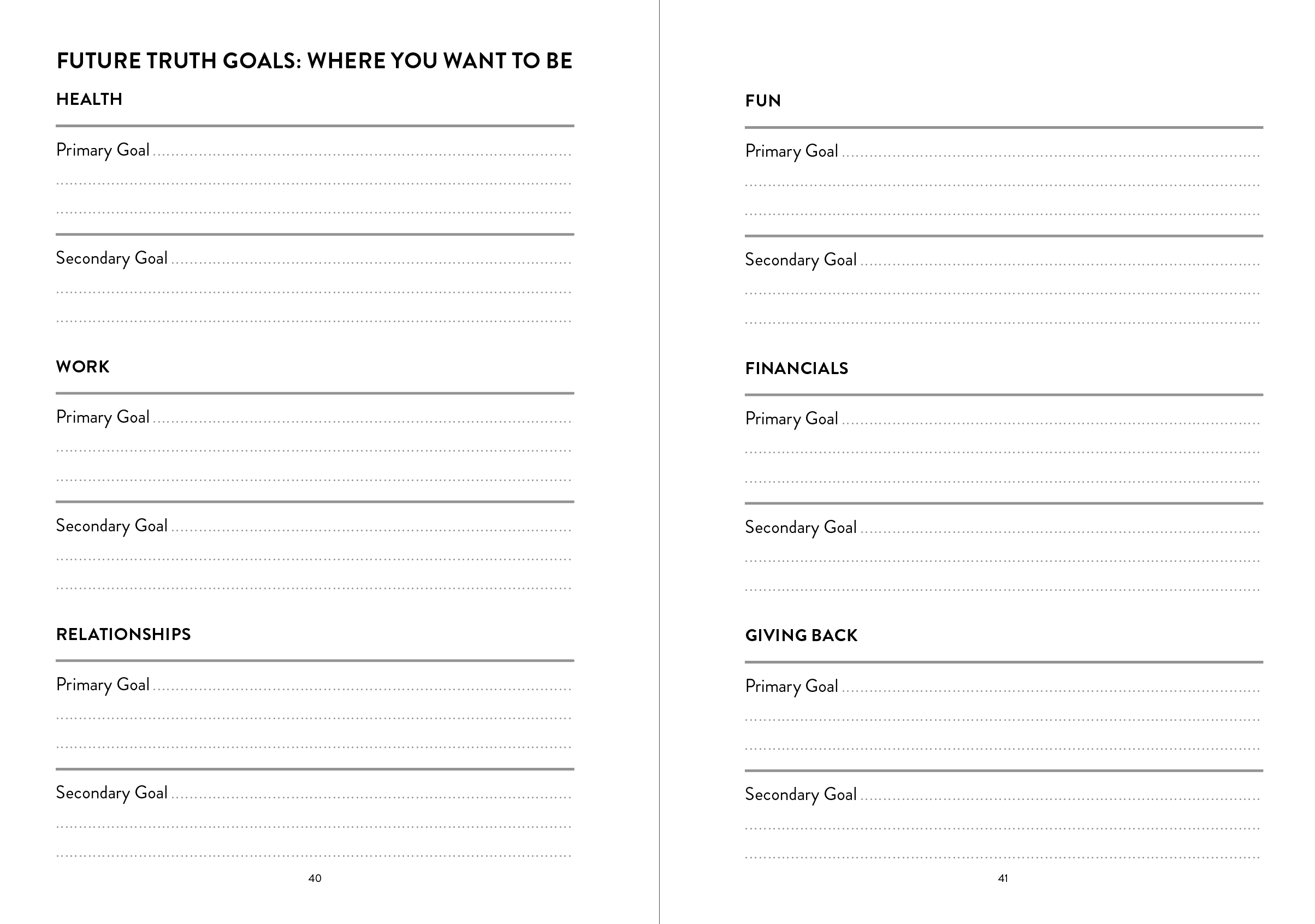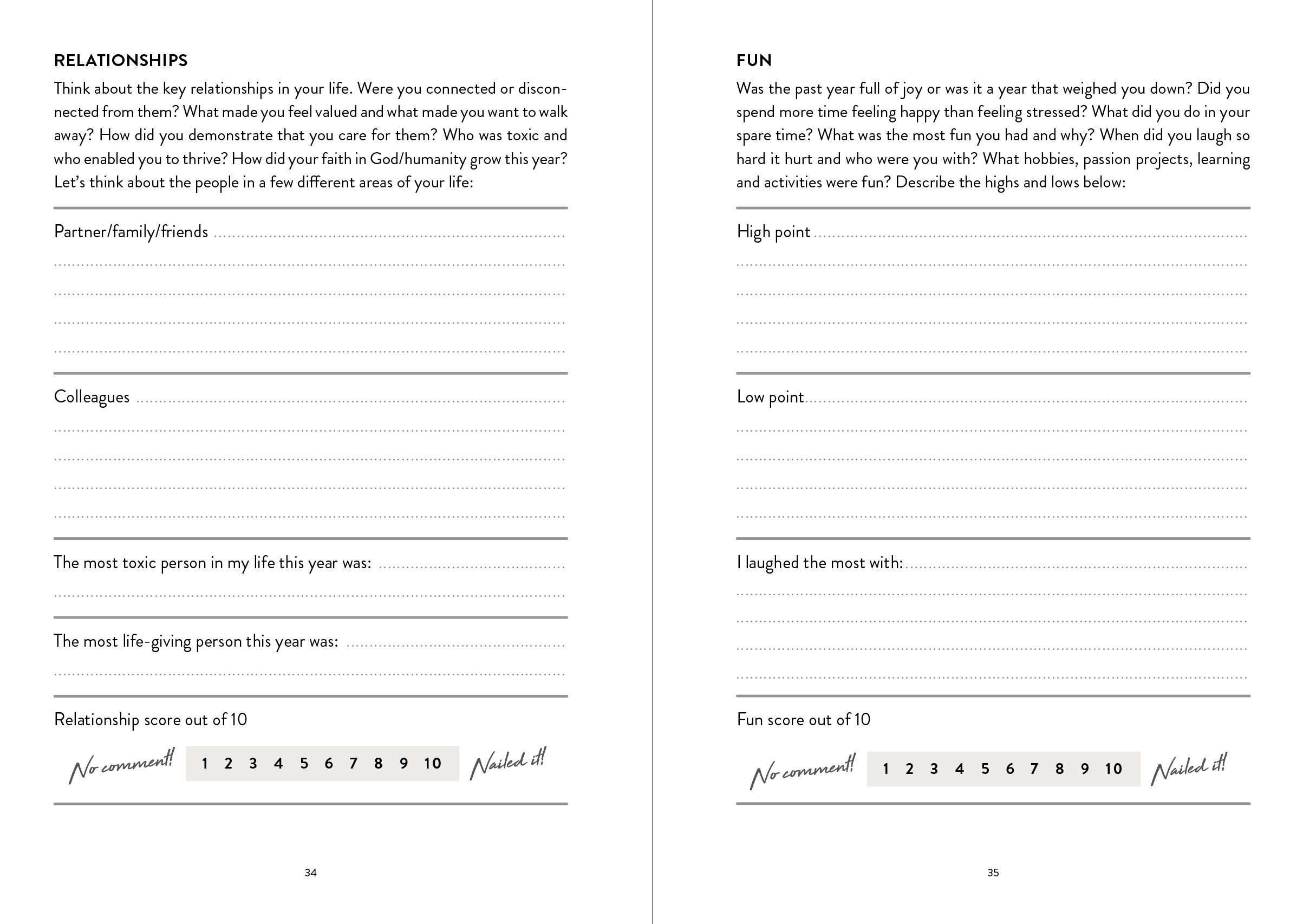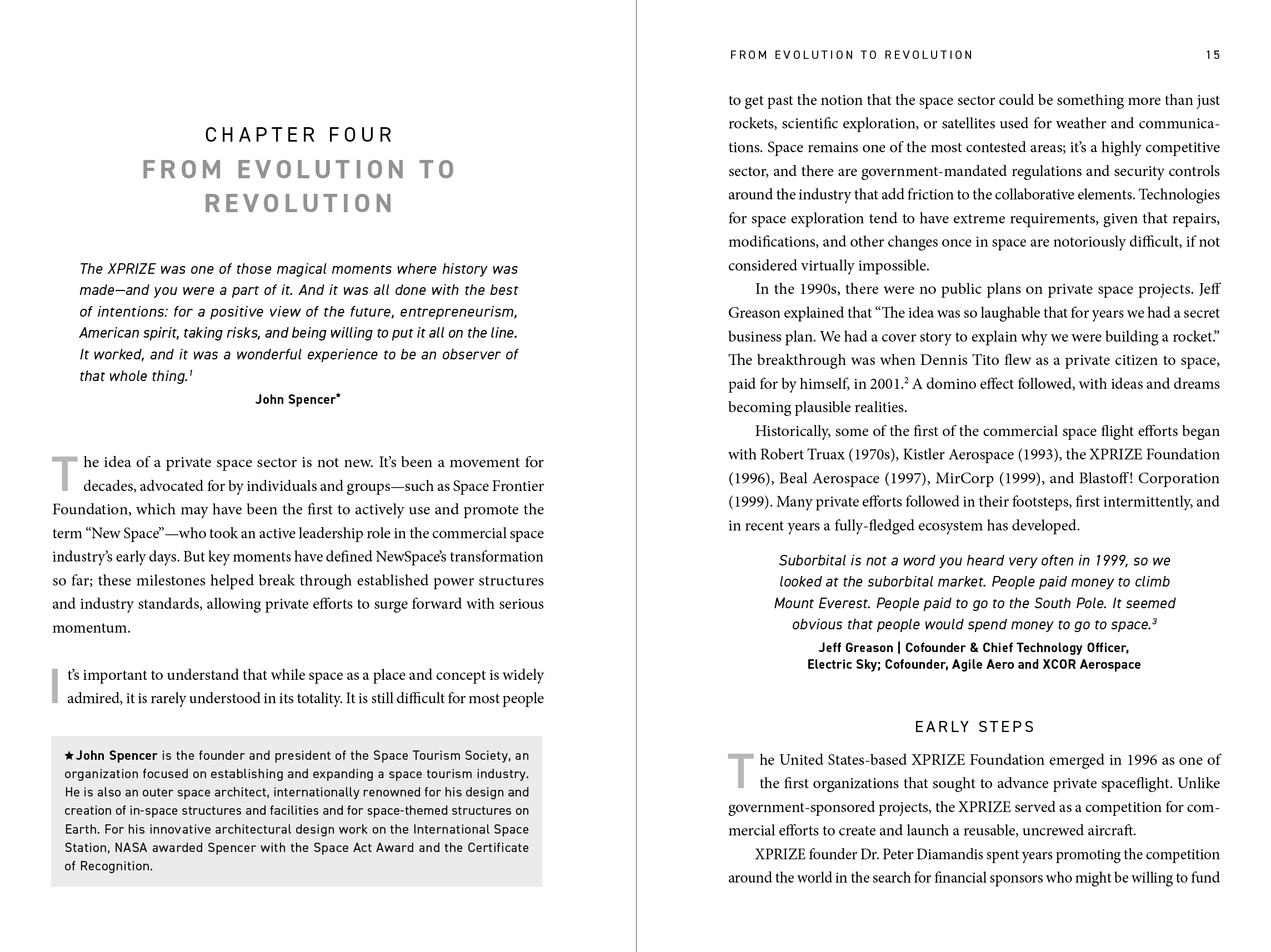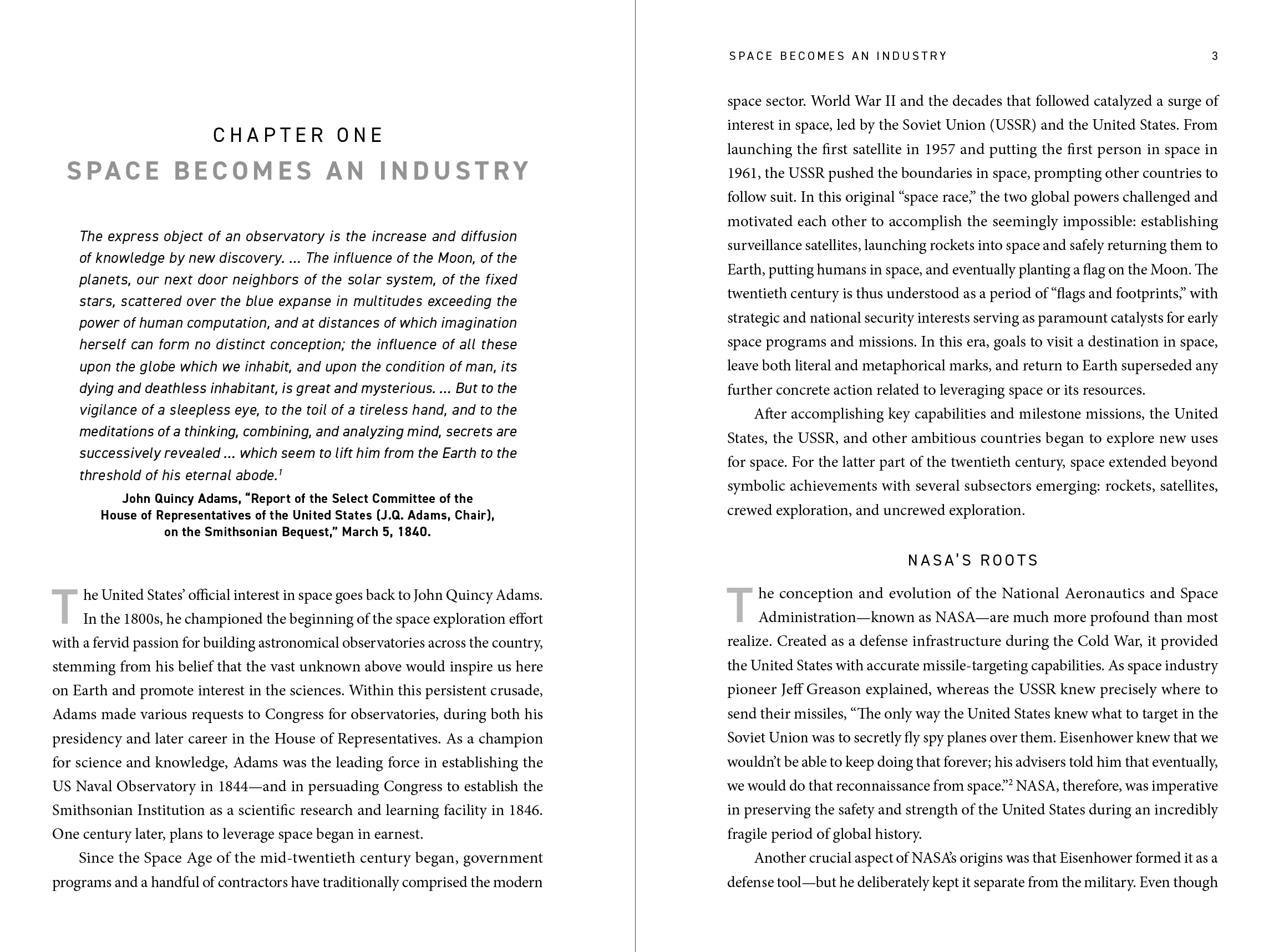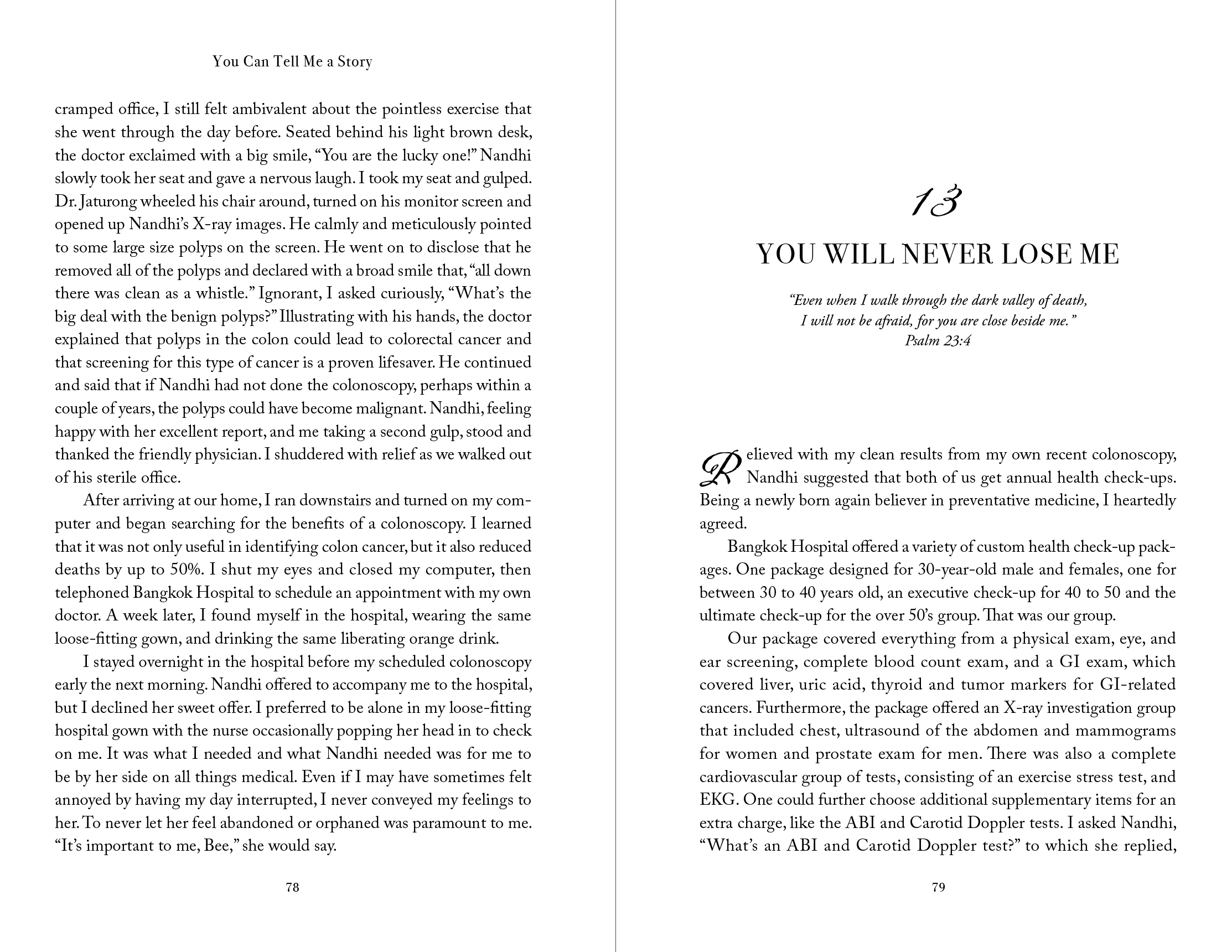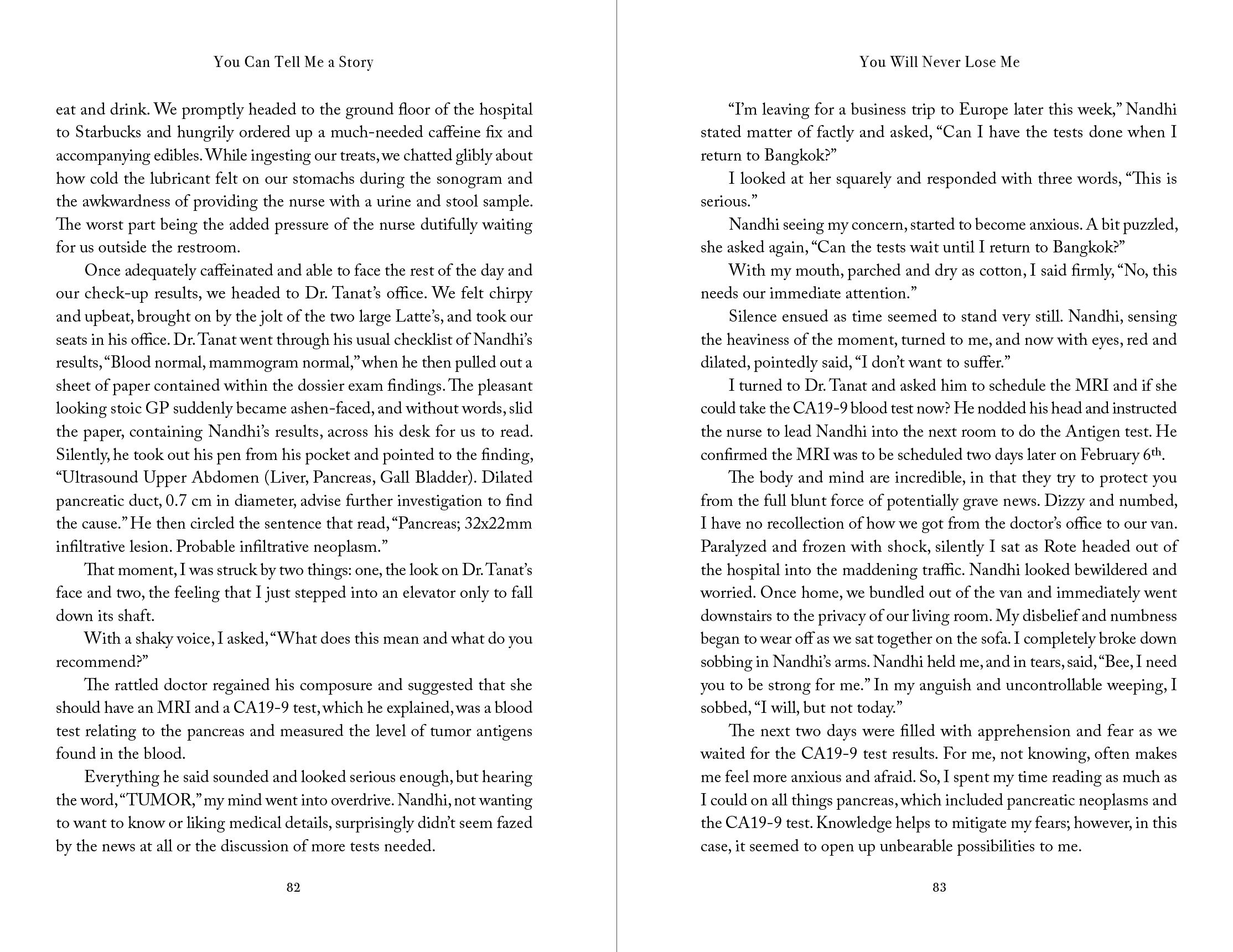This first case study on my website features a journal design for my client Felix Mack, a podcaster and productivity enthusiast who came to me when he was ready to have his first self-published book designed. Read all about the Live Your Potential Journal in this article, and see what Felix had to say about the process here, in his testimonial video.
Felix is a podcaster who wanted to develop and sell a product based on his podcast. The Live Your Potential Journal was designed as a simple and effective tool for daily self-improvement and goal achievement. The journal is for those seeking to document their personal growth journeys, through goal-setting, gratitude and taking specific actions relevant to their goals. Of course, it also has lots of inspirational quotations!
The title of Felix’s journal came quickly, since he has a podcast with the same name! He just “stole” his own title for the book! 😊
Felix’s Book Done timeline:
From concept to done in just 9 months! (Obviously, Felix doesn’t mess around! Must be all that goal-setting!)
🐣 Idea hatched: January 2020
✍️ Writing started: February 2020
🎨 Files ready for editing, design and layout: April 2020
✔️ Book done (released): September 2020
Felix’s Book Done take-aways:
Here I interview Felix about what he learned during the process of getting his journal done!
What was the biggest surprise during your book project? Will you do something differently next time?
My biggest surprise was the errors I didn't catch when reading my own material! Having your eyes go over my journal content and suggest content changes (edits) definitely improved my final product. Next time I will get more eyes on my content during the initial phases, before I give the content to you.
Which part of your book project was the most fun or rewarding?
The editing process with you was the most fun and rewarding—seeing how things could be improved in my journal along the way and coming away with an even more valuable product for my followers.
Did any part of your book project take longer than you expected?
I didn’t know how long it would take from the time the journal was printed until it reached my doorstep, so I was surprised at the production and delivery timeline. I printed overseas, and it took about two months from the time I placed the printing order until the journals arrived.
Which part of your book project was the most challenging?
The most challenging was the process of physically getting the book on Amazon—likely because it was my first venture selling a physical product through Amazon.
Felix’s Book Done tips:
If you’re having trouble coming up with a title, draw inspiration from your own work or other content you have created.
Get feedback from your audience before sending your files to Julie, and then get more feedback during the design process (after Julie shows you the sample page design layouts).
Work with a good editor and/or proofreader!
If you’re printing overseas, expect it to take some time. Start talking to a printer ahead of time and get those timeframes in mind.
Do not wait until your book is done to start marketing! Start today.
If you're going to be listing on Amazon, get familiar with the process and what it will take to make your book available before your book is actually ready to list.
Felix’s Book Done technical details:
Your printer needs these kinds of details to give you a quote for printing a similar book.
Quantity ordered: 500
Page count: 236
Dimensions (page size): A5
Binding: Sewn binding
Interior details
Ink colors: Black ink only
Paper: 100gsm uncoated white
Bleed*: Yes
Cover details
Cover material: Thermo PU leather in Navy Blue
Ink colors: None
Finishing: Debossing
*Bleed refers to whether your book has images or graphics that go off the edge of the paper. This is important for the printer to know, because it determines how big the sheets of paper your book is printed on need to be.
Felix was great to work with, and so kind as to give me the video testimonial above. I helped him with clarifying the concepts in his journal through editing, designing and laying out the cover, interior, and belly band, as well as making adjustments to the print-ready files when the printer requested them in an unusual format. (I don’t always offer editing as a service, but on a case-by-case basis, I will consider it. Otherwise, I am happy to recommend an editor or proofreader who can help you!)
What’s next for your book?
I hope Felix’s story has been helpful, no matter where you are on your book journey. What kind of book project are you working on? Book a live consultation with me or sign up to get more of these case studies in your inbox via my newsletter.




